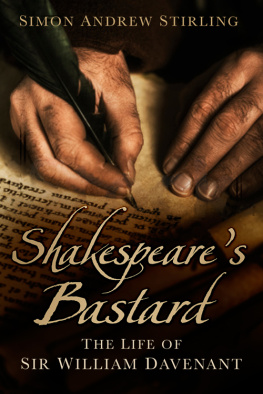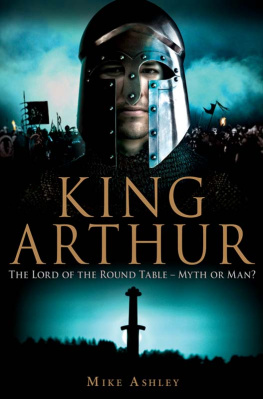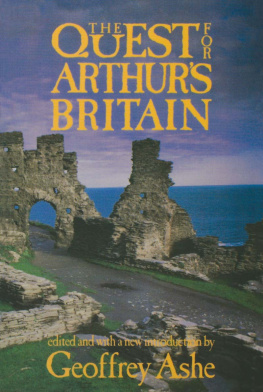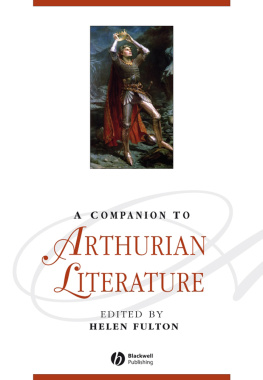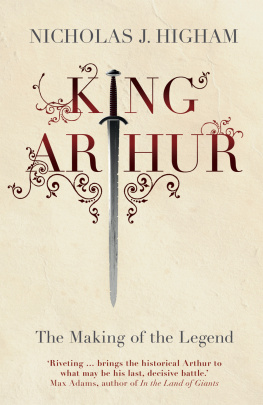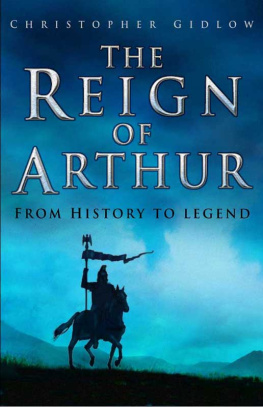An ART & WILL Book
To
William Arthur Stanley Art
&
Campbell-Godley, who made me an honorary member of the clan
In Memoriam
C ONTENTS
Maps
Figures
KEEPING IT brief: thanks, first and most of all, to Kim and Kiri for their unflagging patience and encouragement. Thanks also to my parents, Norman and Brenda, for introducing me to the Arthurian realms, to the inimitable Campbell of Barcaldine Castle sorely missed for inspiring me, and to Charbel Mattar for accompanying me on my first proper research trip. Special thanks go to Rev. Richard Armitage, for making the journey to Avalon for a very special ceremony; to Joyce and Lindsay, our guides to the island, and to Bruce Wall for additional information; to Jim Kilcullen and the Charna for the early island-hopping jaunts; and to Phil and Ness for taking me to ancient sites.
Fond thanks to Mike Southworth, history teacher extraordinaire; to Professor Edwin Barrett, for instilling an interest in the Greeks; to my tutors at the University of Glasgow; to An Comunn Gidhealach and the Birmingham Cymmrydorion (Welsh) Society. A huge thanks also to my friends in the Authonomy community, especially N. Gemini Sasson, Maria Bustillos, Richard Dowling, Shayne Parkinson and Richard Pierce-Sanderson, for all their enthusiasm and advice; to Simon Young for the books; to Andrew Lownie and Ian Drury for helping to shape the project; to Michael Birkett for arguing with me about it; and to John Gist for the kind words. Heartfelt thanks to my editor Lindsey Smith and to all at The History Press for their outstanding help and support. Finally, thanks to Sue and Martin Grantham and Melissa Cother, who did their bit to make sure that I found the roads end.
ANY CREATIVE endeavour involves making choices. One choice I have made is not to include footnotes or endnotes. This was a conscious decision. Footnotes clutter up the page and distract the eye of the reader; endnotes would add extra bulk and little else. I suspect that too many numbers intruding on the text can detract from the simple pleasure of reading, and if the information isnt important enough to be included in the narrative then it arguably has no place in the book and besides, the bibliography indicates where most of the references came from.
Most readers will, I hope, forgive me for not attempting to write a quasiacademic tome and for concentrating on being a storyteller rather than a scholar. There are hurdles enough as it is in the story of Arthur, two of the main ones being language and nomenclature.
Some of the names and places in this book will be familiar; many will not. To make matters worse, many of the individuals encountered in these pages were known by more than one name. Different regions, speaking different tongues, evolved different names and titles for Arthur and his confederates. The poets of the time specialised in devising descriptive ways of referring to well-known people. At each new stage of life a person could be awarded a new name. Keeping track of all these name changes can be quite a challenge.
The problem is compounded by the fact that place names and personal names could switch from one language to another. For example, what appears to have been a Welsh name, and is generally treated by scholars as such, can in fact make more sense when it is seen as an attempt to replicate a Gaelic term or, to put it another way, the Britons took an Irish word and reproduced it, more or less phonetically, in their own language. Though these terms originated in the Gaelic language of the Irish, they settled into the Welsh language of the Britons and over time their initial meanings were forgotten. Only by tracing these odd terms back to their roots can we hope to reveal their original meanings.
The Celtic languages of the Atlantic littoral of Europe are grouped into two branches. The Goidelic or Q-Branch languages are Irish, Scottish Gaelic and Manx. The Brythonic or P-Branch languages are Welsh, Cornish and Breton. The principal difference between the two groups is that words which begin or end with a C in one branch (e.g. ceann and mac head and son in Gaelic) tend to have a corresponding P or B in the other (e.g. pen and mab head and son in Welsh).
The world of Arthur incorporated both branches. He straddled the Brythonic and Goidelic worlds and probably had a command of several languages. More to the point, the story of Arthur takes in names, places and literature deriving from P-Branch and Q-Branch sources, and so we will come up against words and phrases from both, with translations immediately provided (for the sake of clarity I shall generally refer to the languages of the Britons and the Irish Scots as Welsh and Gaelic respectively; Scots, when it occurs, relates to the Lowland dialect which evolved from the same Germanic tongue as English).
A comprehensive guide to the pronunciation of every consonant, vowel and diphthong in Welsh and Gaelic would be of minimal benefit. Few readers would want to keep flicking back to consult it whenever they came across a new character, place name or quotation. Now and then, an approximate pronunciation is offered in the text for example: Gwenddolau (pronounced gwen-thol-eye).
There are, however, two sounds which deserve a short note of their own. These are the Gaelic ch and the Welsh ll. The c-h combination is in fact present and sounds the same in both languages. As with the name of the German composer J.S. Bach, the sound is made by the tongue very nearly forming a hard k while forcing air up past the back of the tongue. The uniquely Welsh l-l is fairly similar, only the tongue should be flatter and the air forced around its sides. Thus, the ch sound can be formed by softening and extending the k sound, making a hard, rasping h, while the ll effect can be achieved by softening and prolonging an l sound.
In the crude pronunciation guides Iinclude in the text, the ch sound is designated ch and the ll sound is given as cl examples: Culhwch (pronounced kil-hooch) and Gwyddbwyll (pronounced gwith-boo-ud).
I have translated most of the early poems in this book myself. It follows that any inaccuracies or infelicities are mine as well.
Alas! there exists an order of minds so sceptical that they deny the possibility of any fact as soon as it diverges from the commonplace.
It is not for them that I write.
Andr Gide

Map 1 Britain, Fourth Century AD
THE WINTER had been hard.
Hidden away in the depths of the forest, the crazy man had shivered and gibbered his way through the dark months; snow up to his thighs, ice in his beard. Bitterly, he imagined the feasting halls with their bright choking fires, their music, stories and laughter. More bitterly still, he thought of the great hall of Dumbarton, where his enemy would have celebrated the foreign Christmas feast.
Once, he had worn a golden torque around his neck. Girls swarmed around him like bees to a comb. But that was before.
In his dreams he saw them. Their hollow faces floated above him: black mouths spewing accusations.
Only the wolf kept him company, sharing his hunger and his mountain solitude.
He cut an alarming figure; short and emaciated, his hair was long and matted at the back, the front of his scalp bristling with stubble. When his eyes were not starting from their sockets they were sunk deep inside their cavities, contemplating things most men would be glad not to have seen. Blue-black tattoos pricked into his skin with iron awls told his story. He was a poet, a shouter, one of the inspired ones; he was also a battle-horseman and an enchanter. He was the madman, the wild prophet of the woods, the myrddin.
Next page

